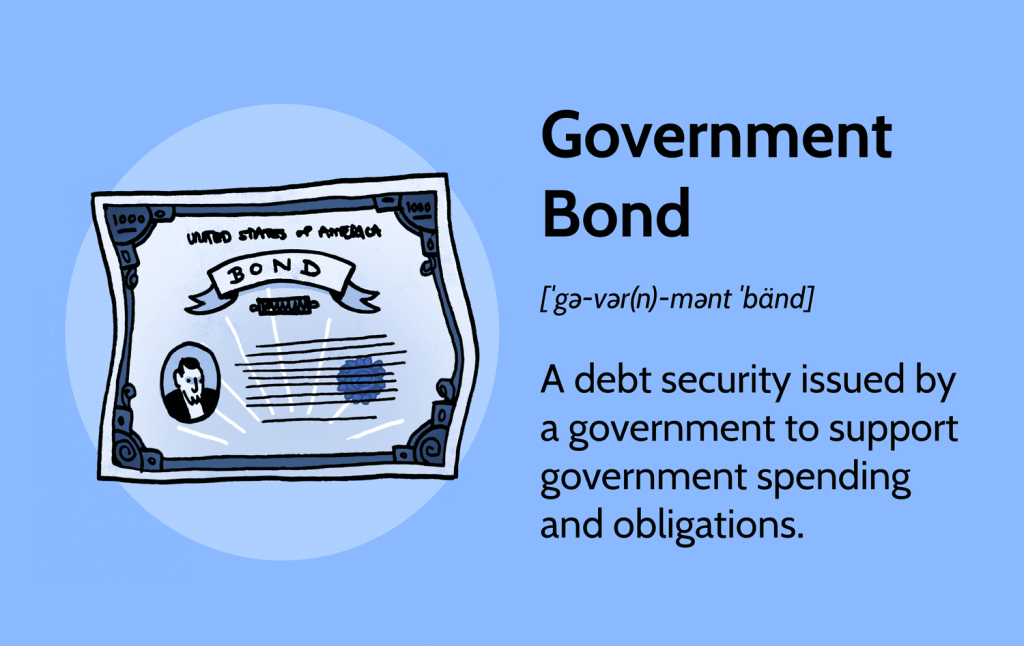What Are Government Bonds and How Do You Trade Them? The Safe Bet for Investors?


Government Bonds: The Safe Bet for Investors
As investors, we all strive to find secure and reliable avenues to grow our wealth. In the realm of finance, one such option that often catches the eye is government bonds. These bonds have long been a popular choice for individuals and institutions alike. So, what exactly are government bonds? Let’s dive in and explore this financial instrument that has stood the test of time.
Understanding Government Bonds
Government bonds, commonly referred to as sovereign bonds, are debt securities issued by a government to raise funds for various purposes. They serve as a means for governments to borrow money from individuals, corporations, and other entities with a promise to repay the principal amount along with periodic interest payments.

Reliability and Safety
When it comes to investing, safety is paramount. Government bonds offer a high level of security, often seen as a safe haven for investors during uncertain times. This stems from the fact that governments have the power to tax and generate revenue, giving them the ability to honor their financial obligations. In other words, when you invest in government bonds, you’re essentially lending money to the government, which has a track record of fulfilling its debt obligations.
Types of Government Bonds
Governments issue various types of bonds, each with its own characteristics and features. One of the most common types is the Treasury bond, which is issued by the United States government. These bonds typically have longer maturities, ranging from 10 to 30 years. Treasury notes, on the other hand, have shorter maturities, usually between 2 to 10 years. Lastly, Treasury bills are short-term bonds with maturities of one year or less. The choice of bond depends on an investor’s risk tolerance and investment horizon.
Yield and Interest Payments
Now, let’s talk numbers. When you invest in a government bond, you earn interest on your investment, which is usually paid semi-annually. The interest rate, commonly referred to as the yield, is determined by various factors, including prevailing market conditions, inflation rates, and the creditworthiness of the government issuing the bond. It’s important to note that government bonds are known for offering lower yields compared to riskier investments. However, their reliability makes them an attractive option for risk-averse investors seeking stable returns.
Diversification and Portfolio Benefits
ncluding government bonds in your investment portfolio can provide several advantages. First and foremost, they offer diversification, as they often have low correlation with other asset classes such as stocks or corporate bonds. This means that when other investments are experiencing volatility, government bonds can act as a stabilizing force, helping to balance the overall risk of the portfolio. Moreover, the predictable interest payments from government bonds can provide a steady income stream, particularly useful for retirees or those seeking regular cash flows.
Conclusion
In a world filled with financial complexities and uncertainties, government bonds offer a breath of fresh air for investors. Their reliability, safety, and potential for stable returns make them an appealing option for those looking to safeguard their capital and generate income. While they may not offer sky-high returns, government bonds have stood the test of time and have proven to be a valuable addition to well-diversified investment portfolios. So, if you’re seeking a safe bet in the financial market, government bonds may just be the answer you’ve been looking for. Remember, in the world of investing, patience and prudence are key. So, why not consider government bonds as a sturdy building block for your financial future?
